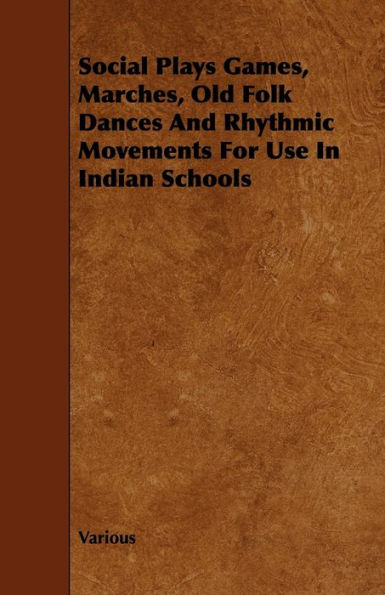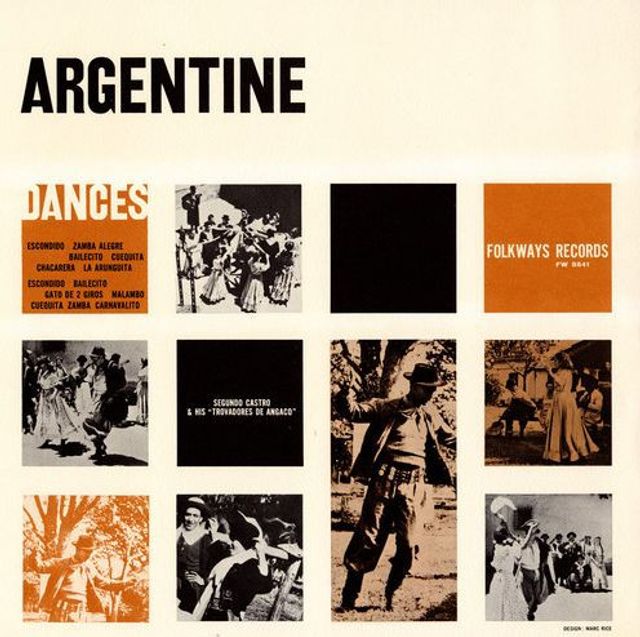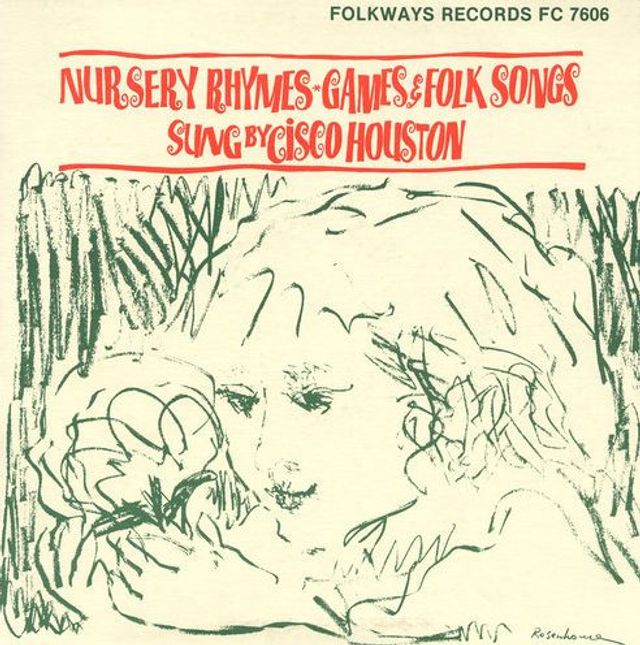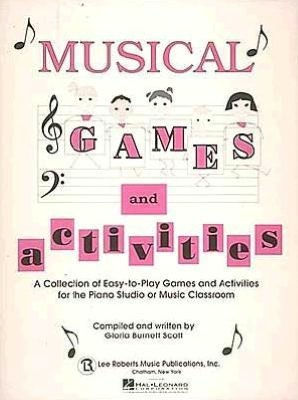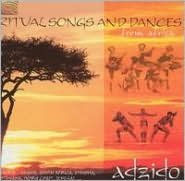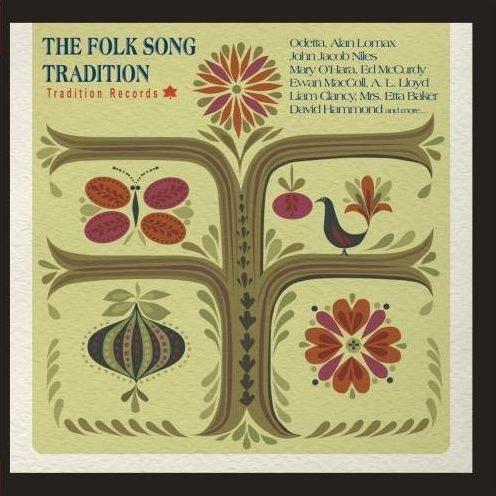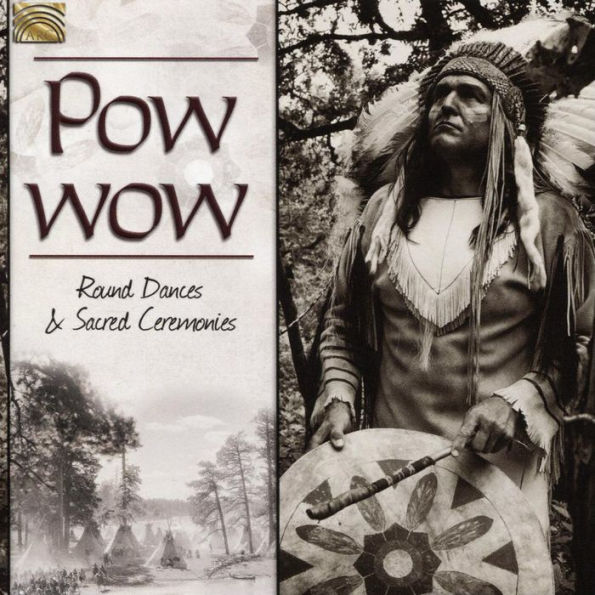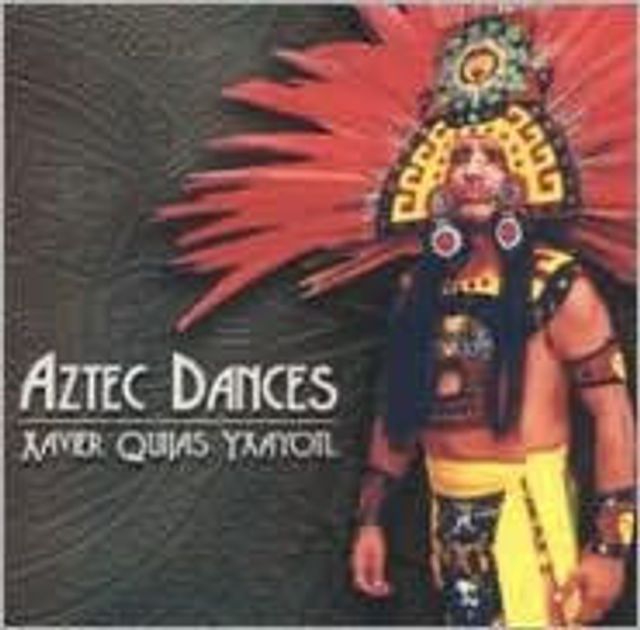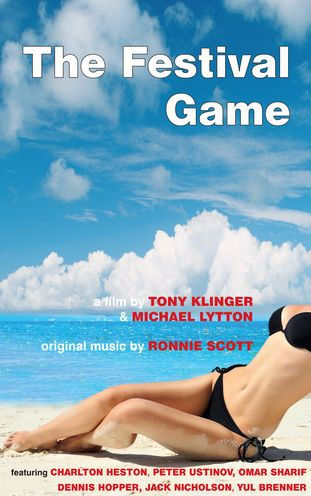Home
Folk Dances and Games
Loading Inventory...
Barnes and Noble
Folk Dances and Games
Current price: $5.99
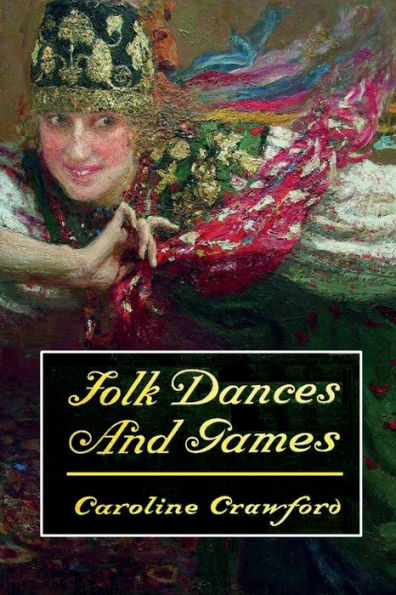

Barnes and Noble
Folk Dances and Games
Current price: $5.99
Loading Inventory...
Size: OS
*Product Information may vary - to confirm product availability, pricing, and additional information please contact Barnes and Noble
On looking at the picture by Ilya Repin, in the front of Caroline Crawford's book, Folk Dances and Games, it seemed to me I could fairly feel the different degrees of interest and importance each child felt in the tossing of that handkerchief.
Do you remember the keen feeling of uncontrollable lonesomeness which swept over you when not chosen during a whole game? Or the unexpected thrill of delight in looking behind you to find a handkerchief had really been dropped at your feet? Men and women today who are influencing the educational world recognize the necessity of every child having some form of play, either dancing, sport, or games, brought into its life under the right influence and condition. It is a pleasure to find a book like Miss Crawford's where the author dares to state the dances clearly, with the correct music, and the dances not altered, magnified, or moderated by American influences.
Far too many books are written on this subject by Americans in America, who have not traveled but learn their dances from foreigners in this country of the uneducated class, and many times these foreigners do not come from the part of the country where the dance belongs. By so doing the historic value of the dance is lost—the local and geographical influence, and the real meaning contained in the actions.
"The Meaning of the Dance," as Miss Crawford entitles her preface, holds several good ideas, and is well worth reading carefully. One rejoices at the consecutive index, which takes one from the dances of the north, Finland, Sweden, and Scotland, to the dances of middle Europe, England, Germany, and France, and brings one at the close to Bohemia, where we know the first influence of the south is felt.
We hope she may include in her next book the fascinating dances of Spain, Italy, and Greece. However, these dances seem to be less practical for the present generation.
Among the seven dances from Finland the Harvest dance is almost absolutely accurate, and is a dance any school can use with great advantage; especially if the children make the rakes and sickles in their manual-training classes.
The eleven Swedish dances, all well given, are accurate; "Fox and Geese" is especially well described. It is a remarkably good game for either boys or girls, out of doors or in the gymnasium.
"Gustav Skal" is good, but not as accurately described as "Klapp Dans," which can be used with large groups of young children.
The five Scotch dances are well sketched, and the five English dances can be worked out easily by anyone following Miss Crawford's directions.
Of the four German dances, the French dance, and the six Bohemian dances, the French dance would give the greatest satisfaction to those handling a large number of children; it is simple, rhythmical, and active.
The simple dances, using many children, are what the schools need today, and Miss Crawford's book contains a good combination of simple, complex, single, and group dances.
Miss Crawford deserves the warm thanks of all those interested in the educational side of games and dances.
